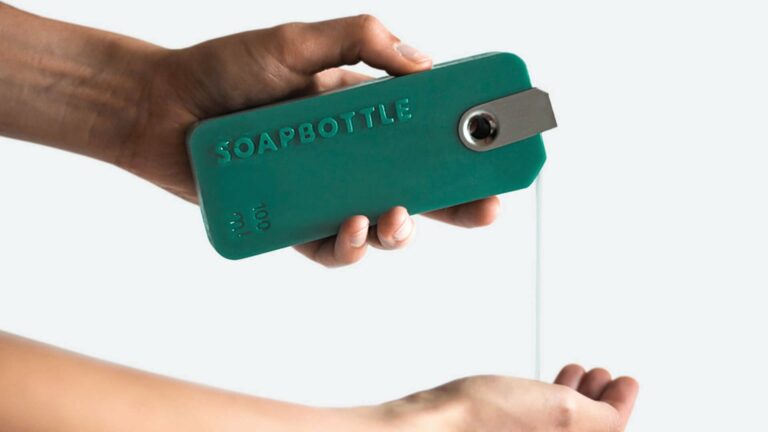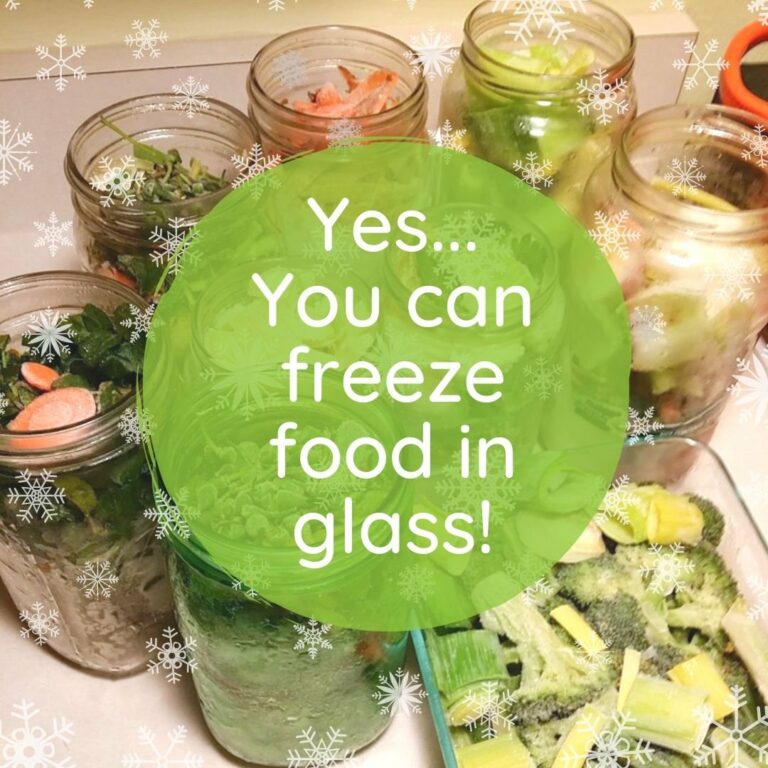Best Way to Package Meat for Freezing
Are you looking for the Best Way to Package Meat for Freezing? Look no further! Properly packaging meat for freezing is essential to maintain its quality and flavor. Whether you’re stocking up on sale items or preserving leftovers, knowing the right techniques will ensure your meat stays fresh and safe to consume. In this article, we will explore some effective and practical methods for packaging meat that will help you maximize its freezer life while minimizing any potential waste. Let’s dive in and discover the best way to package meat for freezing!
Best Way to Package Meat for Freezing
When it comes to preserving meat for the long term, freezing is one of the most common and effective methods. However, improper packaging can lead to freezer burn, loss of quality, and potential health risks. In this article, we will explore the best practices for packaging meat for freezing, ensuring that your frozen meats stay fresh, safe, and flavorful for an extended period.
The Importance of Proper Packaging
Packaging meat correctly before freezing is essential for several reasons:
- Preserves Quality: Proper packaging prevents freezer burn and helps maintain the meat’s taste, texture, and nutritional value.
- Prevents Contamination: Adequate packaging protects meat from cross-contamination with other items in the freezer.
- Extends Shelf Life: Well-packaged meat can retain its quality for an extended period, allowing you to enjoy it at your convenience.
Choose the Right Packaging Materials
The choice of packaging materials is crucial for maintaining the quality of frozen meat. Here are some options to consider:
1. Freezer-safe Plastic Wrap
Freezer-safe plastic wrap is an affordable and convenient option for packaging individual cuts of meat. Here’s how to use it effectively:
- Start with a clean, dry surface. Pat the meat dry with a paper towel to remove excess moisture.
- Wrap the meat tightly with plastic wrap, ensuring there are no air pockets.
- Wrap a second layer of plastic wrap around the meat to provide an extra barrier against freezer burn.
- Label the package with the date and type of meat.
2. Freezer Bags
Freezer bags are a popular choice for packaging larger cuts of meat or multiple portions. Follow these steps to use freezer bags effectively:
- Choose high-quality, thick freezer bags that are specifically designed for freezing.
- Remove excess air from the bag before sealing. One easy method is to use a straw to suck out the air.
- Seal the bag securely, ensuring there are no leaks.
- Label the bag with the date and type of meat.
3. Vacuum Sealing
Vacuum sealing is an excellent option for long-term storage of meat. It removes air from the packaging, significantly reducing the chance of freezer burn. Here’s how to vacuum seal meat:
- Cut the meat into appropriate portions and pat dry.
- Place the meat in a vacuum sealing bag or roll.
- Use a vacuum sealing machine to remove the air and seal the bag tightly.
- Label the package with the date and type of meat.
Pre-freeze Preparations
Before stashing your meat in the freezer, there are a few additional steps you can take to ensure optimal freshness and convenience:
1. Flash Freezing
Flash freezing involves individually freezing meat cuts before packing them together. This method allows you to easily separate portions later without having the pieces stick together. To flash freeze:
- Arrange the meat cuts in a single layer on a baking sheet lined with parchment paper or aluminum foil.
- Place the baking sheet in the freezer and let the meat freeze for a couple of hours until firm.
- Once the meat is partially frozen, transfer it to the desired packaging.
- Remember to label the packages with the date and type of meat.
2. Double Wrapping
Using an additional layer of protection can further guard against freezer burn. Double wrapping is especially beneficial for long-term storage or when using materials like plastic wrap. After wrapping the meat, place it in a freezer bag or vacuum-sealed bag for an extra layer of insulation.
3. Portion Control
Dividing meat into individual or family-sized portions before freezing allows for easier meal planning and thawing. It eliminates the need to defrost an entire package when only a portion is required, reducing waste and ensuring that the remaining meat remains frozen and fresh.
Proper Storage in the Freezer
Once you have packaged the meat correctly, it’s important to store it properly in the freezer to maintain its quality. Consider the following tips:
1. Organize and Label
Keep your freezer organized by grouping similar meats together and labeling each package clearly. This practice will enable you to locate specific items easily and avoid repeatedly opening the freezer door, which can cause temperature fluctuations.
2. Temperature and Airflow
Maintain a consistent freezer temperature of 0°F (-18°C) or below. This temperature is essential for preventing bacterial growth and maintaining the quality of frozen meat. Additionally, ensure proper airflow by not overcrowding the freezer, allowing cold air to circulate freely.
3. First In, First Out (FIFO)
To ensure that your frozen meats are consumed in a timely manner and don’t end up forgotten at the bottom of the freezer, practice the FIFO method. FIFO stands for “First In, First Out,” which means using older packages before newer ones. By following this approach, you can enjoy your meats at their best quality.
Thawing Frozen Meat
When the time comes to cook your frozen meats, it’s essential to thaw them safely to preserve their flavor and texture. Here are a few recommended methods:
1. Refrigerator Thawing
Refrigerator thawing is the safest method as it maintains a consistent temperature and prevents the growth of harmful bacteria. Place the frozen meat in a dish or tray on the lowest shelf of the refrigerator and allow it to thaw slowly. It may take several hours or overnight, depending on the size of the cut.
2. Cold Water Thawing
If you need to thaw meat quickly, you can use the cold water thawing method:
- Ensure that the meat is securely packaged to prevent water contamination.
- Submerge the meat in a leak-proof plastic bag in a sink or basin filled with cold water.
- Change the water every 30 minutes to maintain a cold temperature.
- Thaw until the meat is flexible but still cold to the touch.
3. Microwave Thawing
Microwave thawing is an option, but it should be used with caution as it can partially cook the meat or create uneven thawing. If you choose to microwave thaw, follow the manufacturer’s instructions and cook the meat immediately after thawing to ensure safety.
Frequently Asked Questions
What is the best way to package meat for freezing?
The best way to package meat for freezing is to use airtight and freezer-safe packaging materials. This includes wrapping the meat tightly in plastic wrap or aluminum foil, or placing it in airtight freezer bags or containers. Removing as much air as possible from the packaging will help prevent freezer burn and preserve the quality of the meat. It is recommended to label the packaging with the type of meat and the date it was frozen to ensure proper organization and easy identification in the future.
Should I pre-freeze the meat before packaging it for freezing?
No, it is not necessary to pre-freeze the meat before packaging it for freezing. In fact, it is best to package meat when it is fresh and at its peak quality. Pre-freezing can cause the meat to lose moisture, affecting its texture and taste. However, if you have a large quantity of meat to freeze, it is advisable to separate it into smaller portions and allow them to cool in the refrigerator for a short period before packaging to maintain food safety.
Can I use regular plastic wrap for packaging meat?
Regular plastic wrap may not be sufficient for packaging meat for freezing. It is recommended to use heavy-duty, freezer-safe plastic wrap specifically designed for long-term storage in the freezer. Freezer wrap is thicker and more durable, providing better protection against freezer burn and preventing moisture loss. It is worth investing in freezer-specific packaging materials to maintain the quality of the meat during freezing.
Is it necessary to remove excess air from freezer bags?
Yes, it is important to remove excess air from freezer bags when packaging meat for freezing. Air can cause freezer burn and deteriorate the quality of the meat over time. To remove excess air, you can use a straw to suck out the air or carefully press the bag to expel the air before sealing it. Alternatively, consider using vacuum-sealed bags or a vacuum sealer machine to ensure the packaging is airtight and free from excess air.
How long can meat be stored in the freezer?
The storage time for meat in the freezer depends on the type of meat and the packaging used. Generally, raw meat can be stored in the freezer for 6-12 months, while cooked meat can be stored for 2-3 months. Proper packaging is essential to maintain the quality and safety of the meat during storage. It is recommended to check the specific storage guidelines for different types of meat to ensure optimal freshness and taste.
Final Thoughts
The best way to package meat for freezing is by using airtight containers or freezer bags. This helps to prevent freezer burn and maintain the quality and taste of the meat. It is important to remove as much air as possible from the packaging to minimize the risk of oxidation and freezer burn. Additionally, labeling the packages with the date and type of meat is essential for easy identification. By following these simple steps, you can ensure that your meat stays fresh and delicious when stored in the freezer for later use. Best Way to Package Meat for Freezing.


